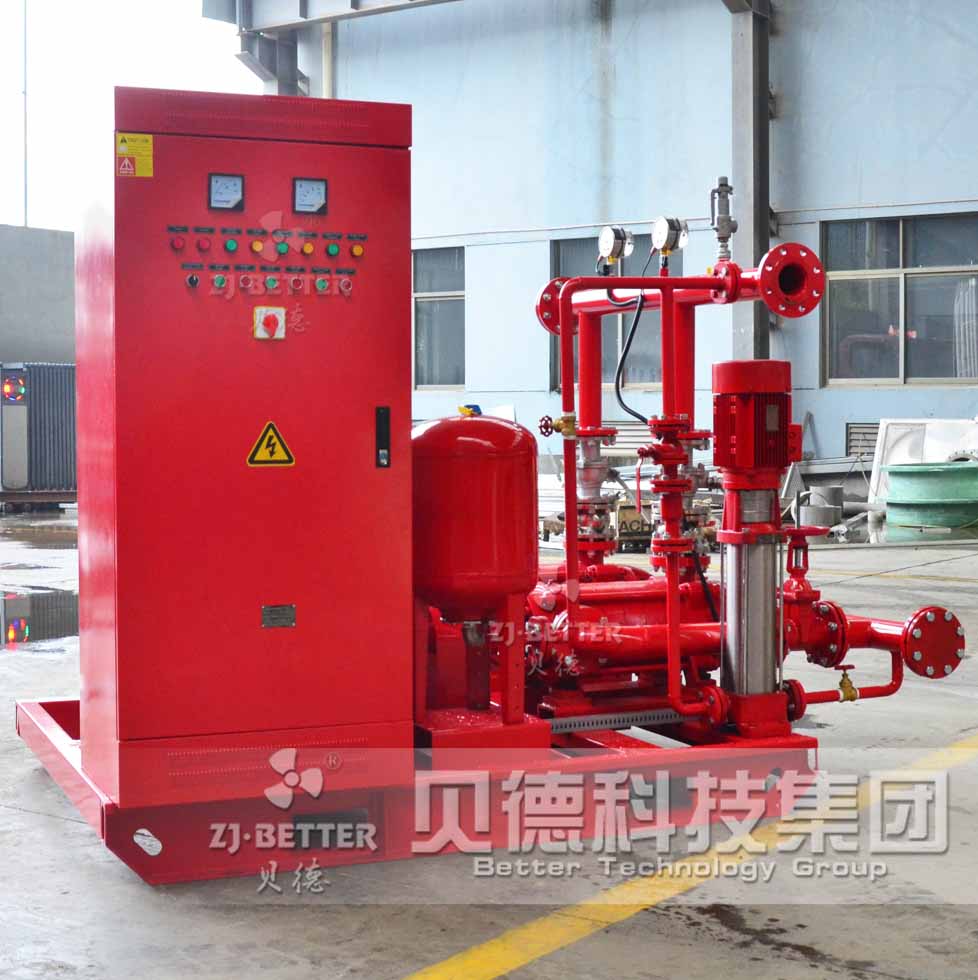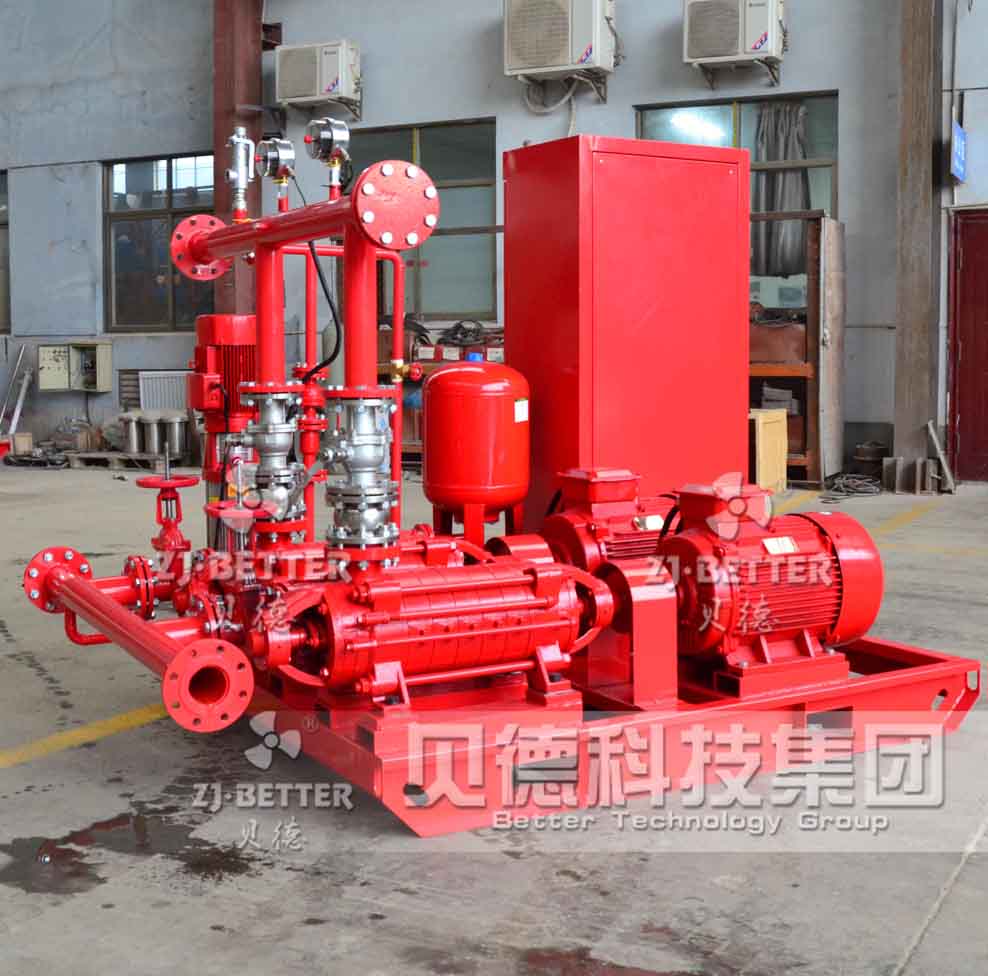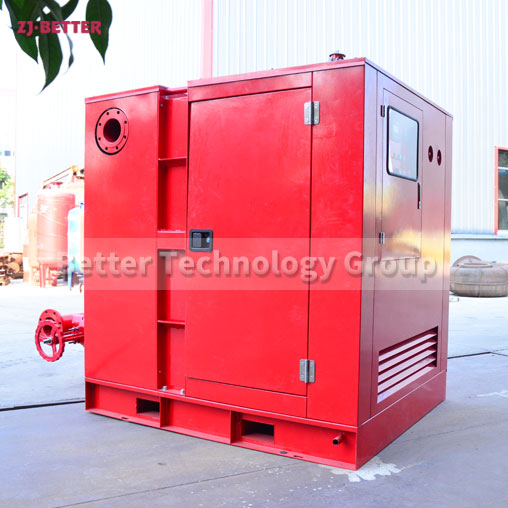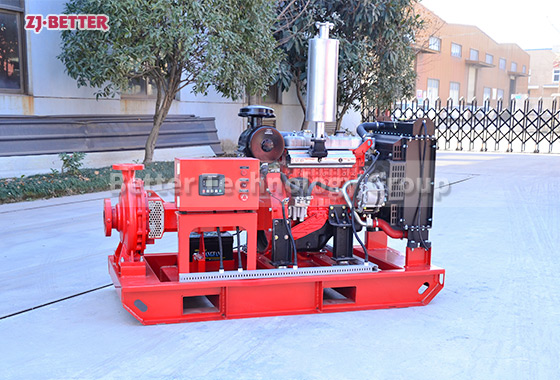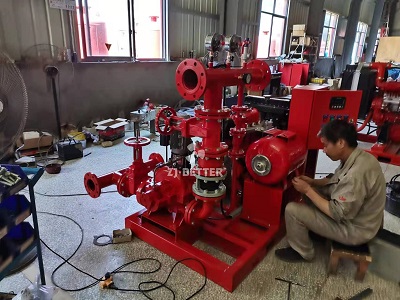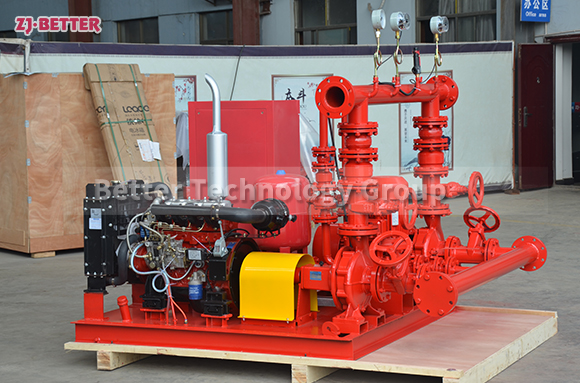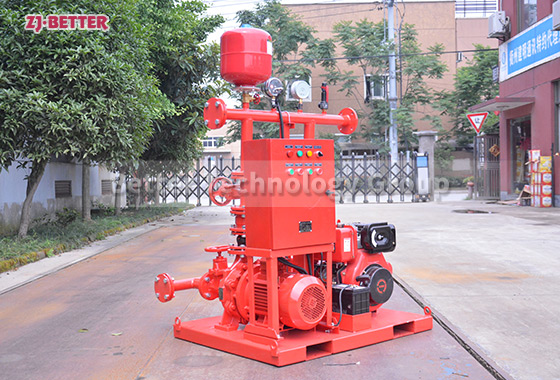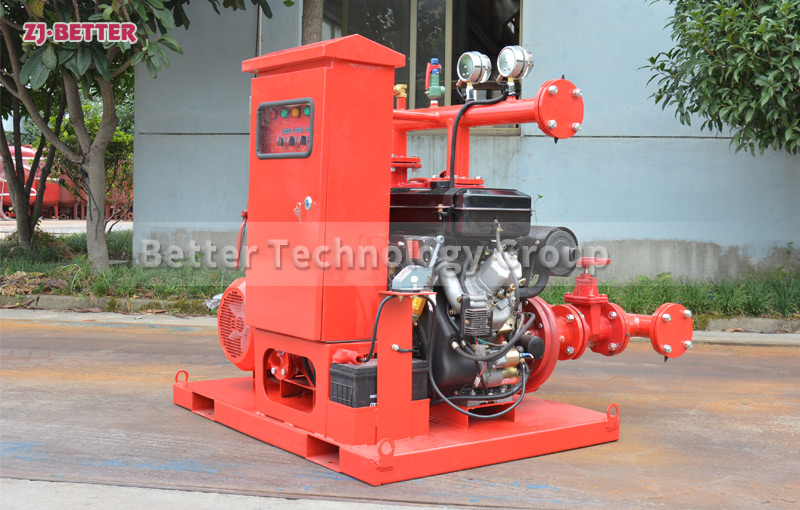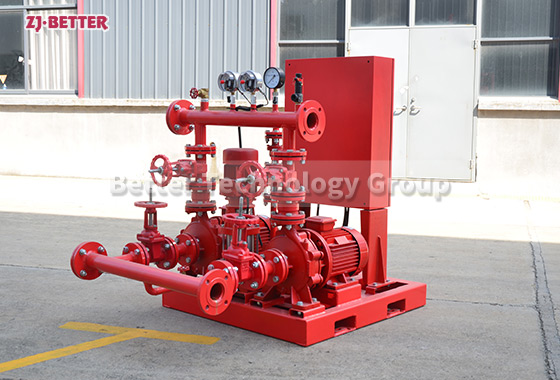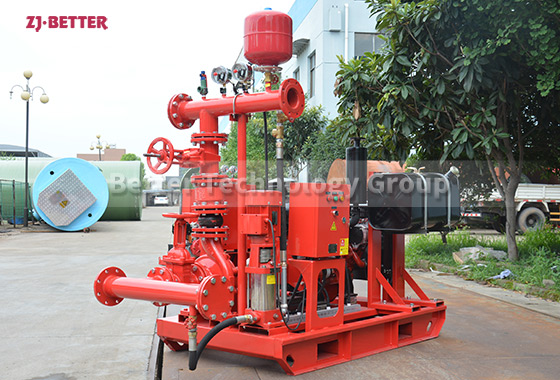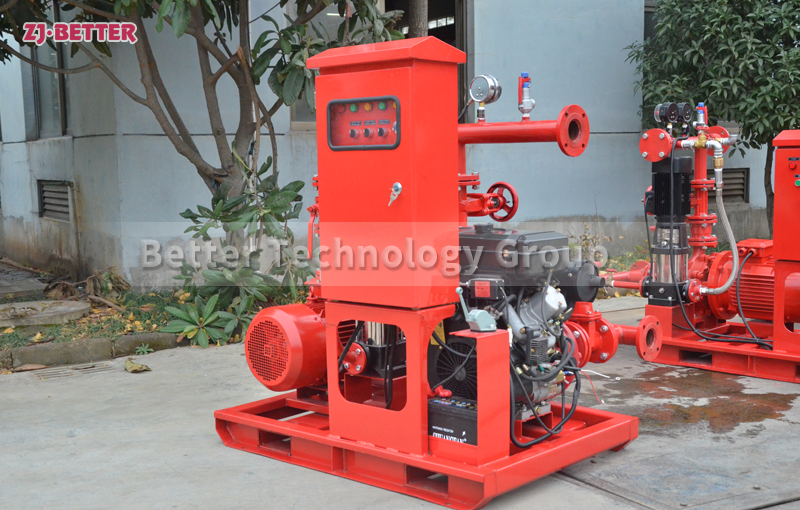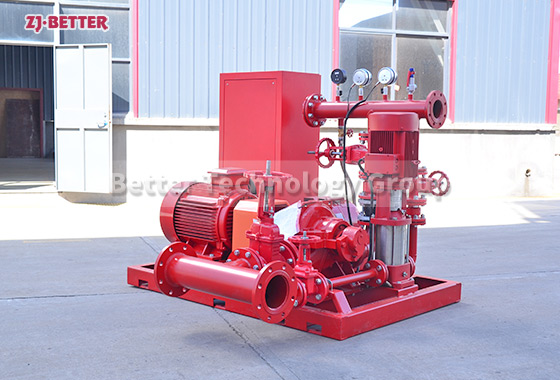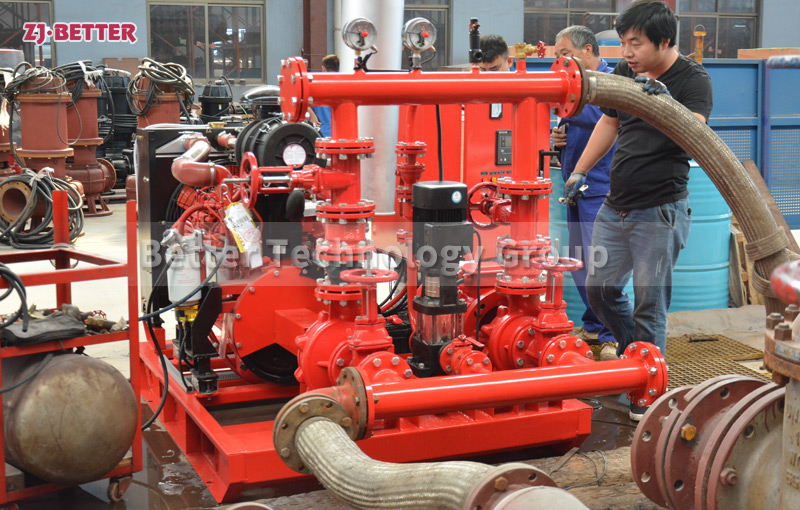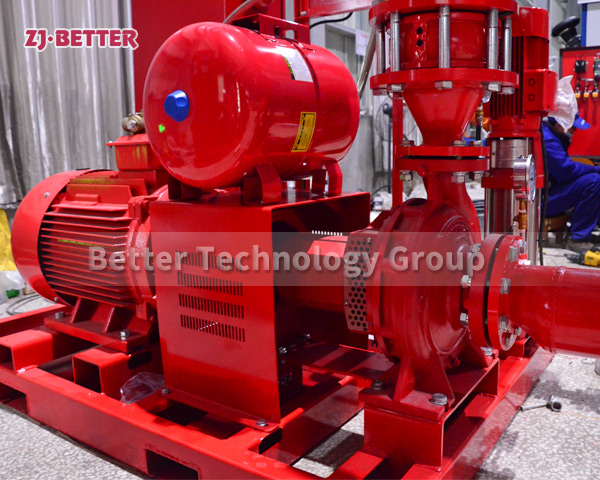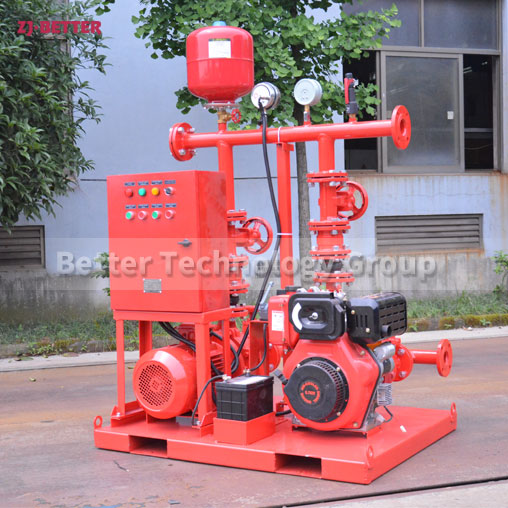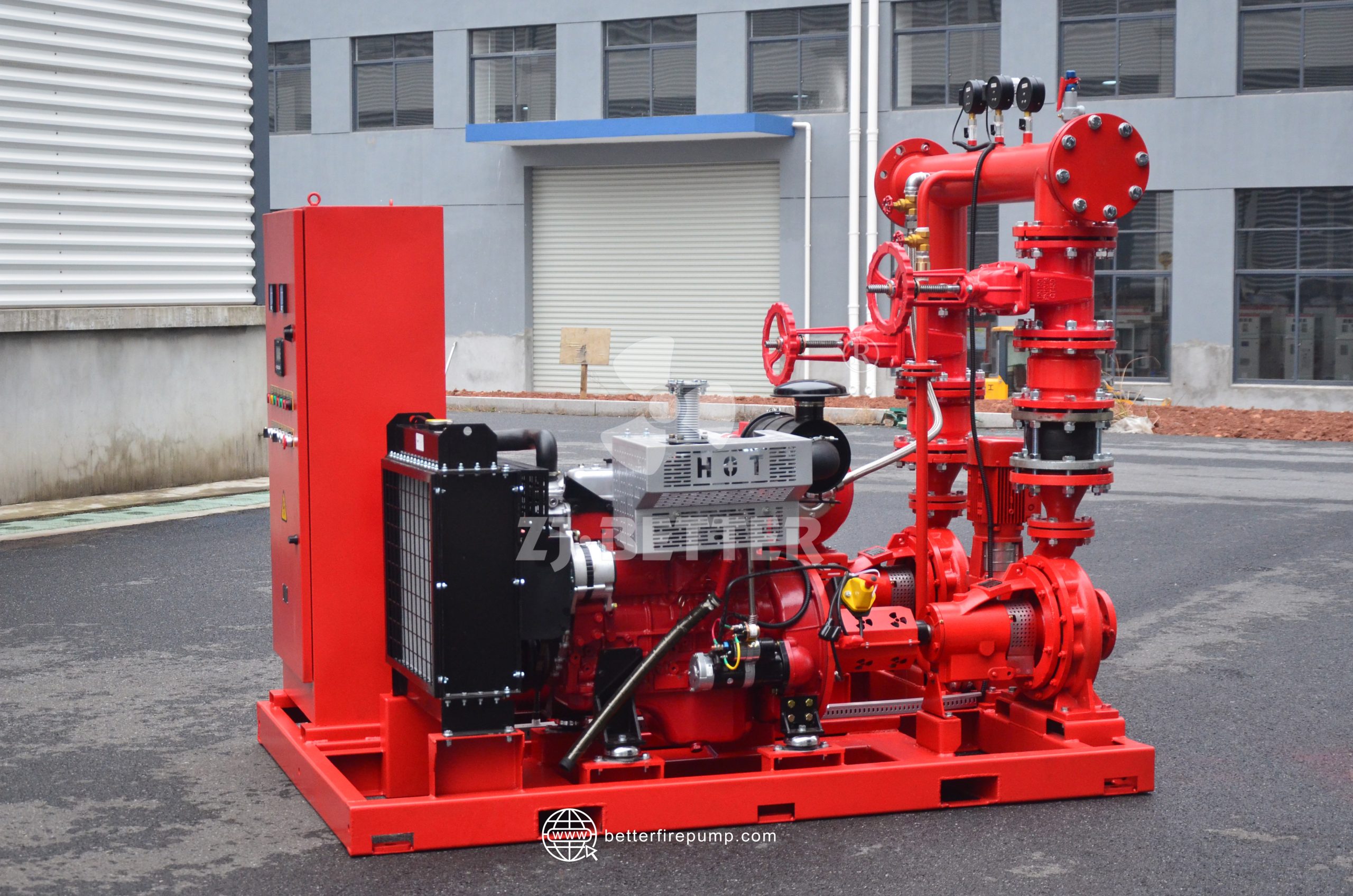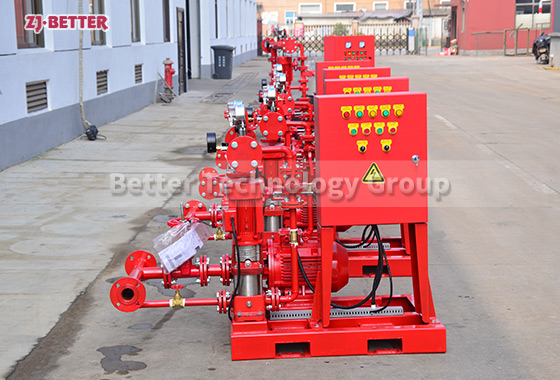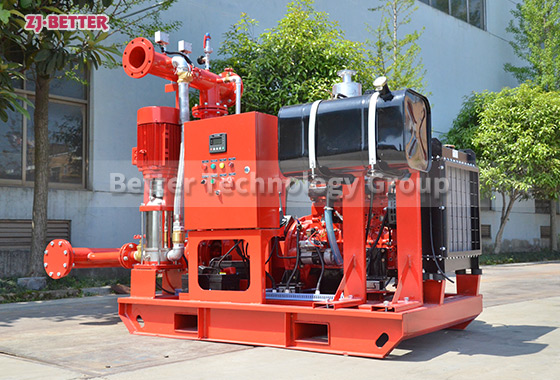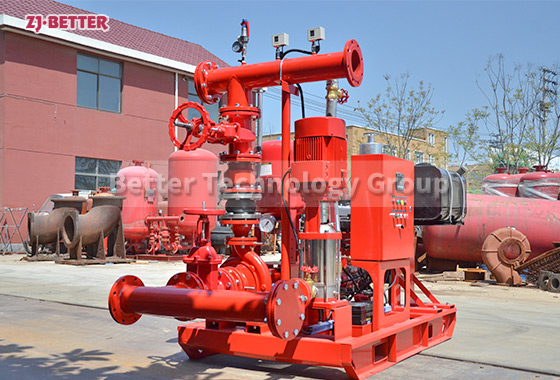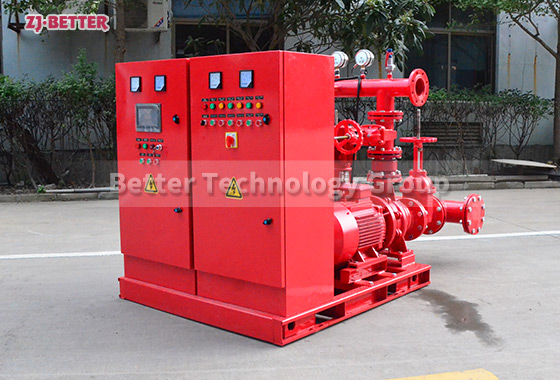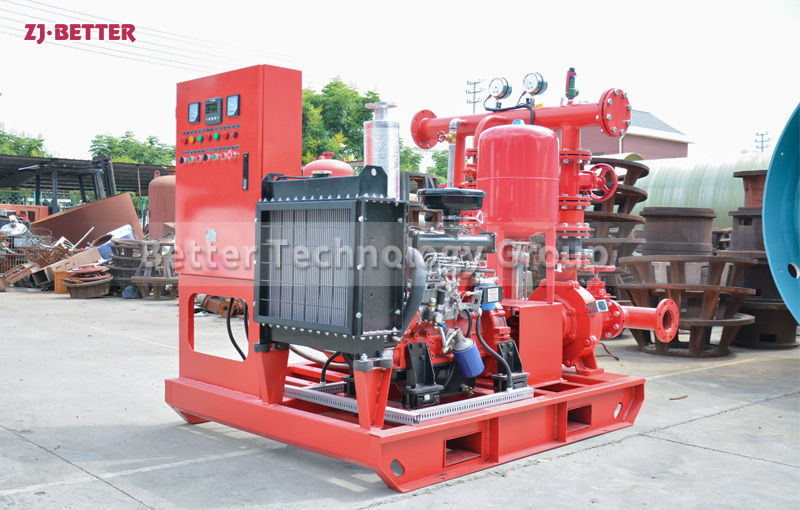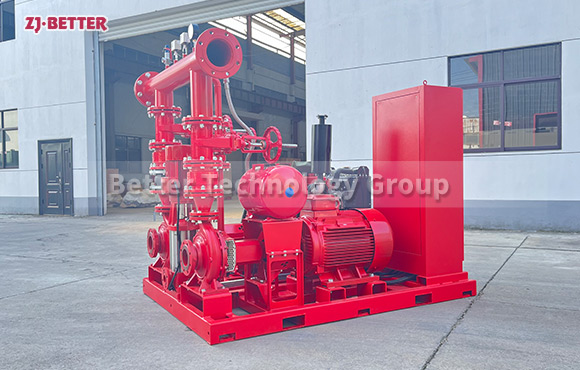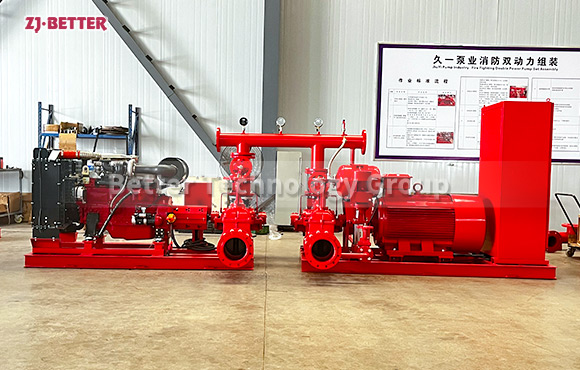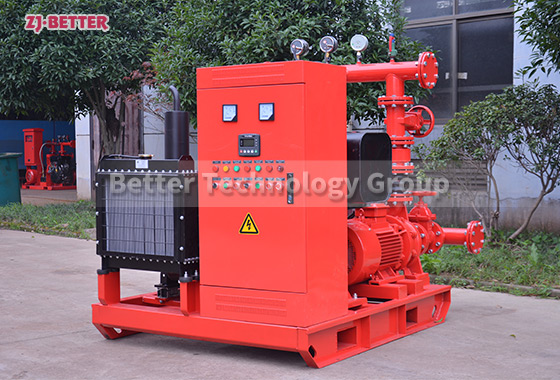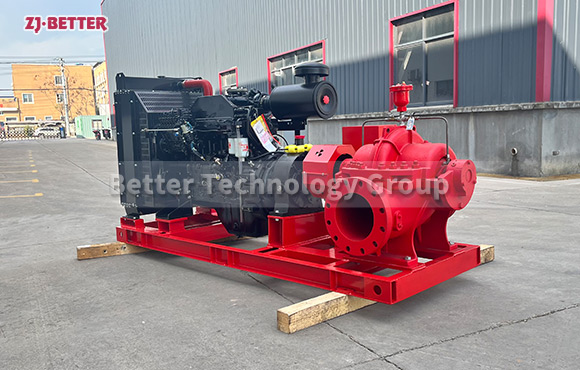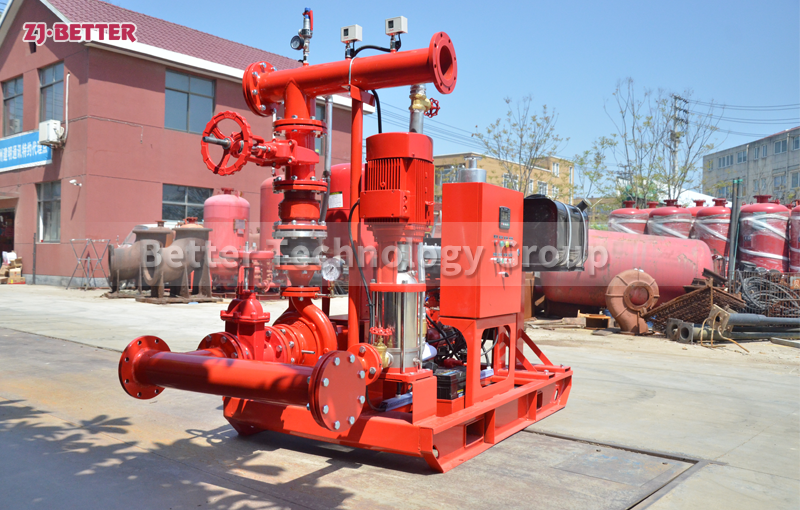EEJ – Two horizontal multistage electric pumps + jockey pump
120≤Q≤3000GPM
100<H≤600m
horizontal multistage centrifugal pump is multistage single suction sectional centrifugal pump with excellent hydraulic model, it has advantages of high-efficiency, energy-saving, wide performance range, operating safely and steadily, low noise, long life and convenience for installing and repairing etc.
horizontal multistage centrifugal pump is multistage single suction sectional centrifugal pump with excellent hydraulic model, it has advantages of high-efficiency, energy-saving, wide performance range, operating safely and steadily, low noise, long life and convenience for installing and repairing etc.
Our company has professional technicians and sales personnel, and determines the specific fire pump model according to the environment and performance requirements. At the same time, according to the material quotation required by the customer, accurate selection is conducive to on-site use and reduces failure problems. There are two kinds of sealing forms of electric motor fire pump set: packing seal and mechanical seal. Different forms can be used in different environments. For most users, the suitable fire pump selection material is a good equipment, and it does not need to exceed the required good material. and oversized models, otherwise it is easy to cause many problems such as failures and difficulties in maintenance and repair.

